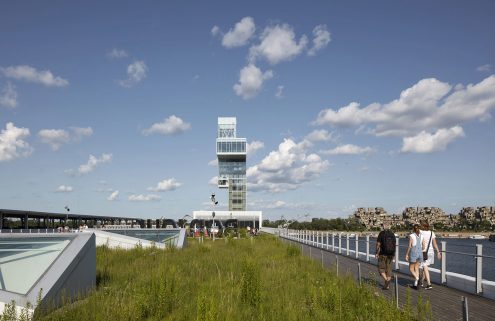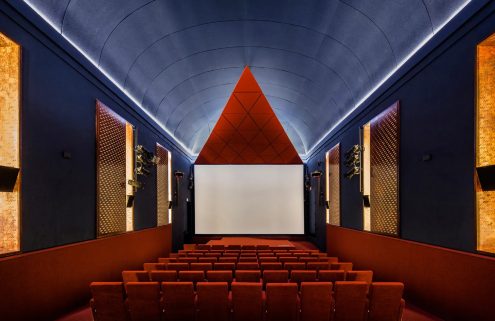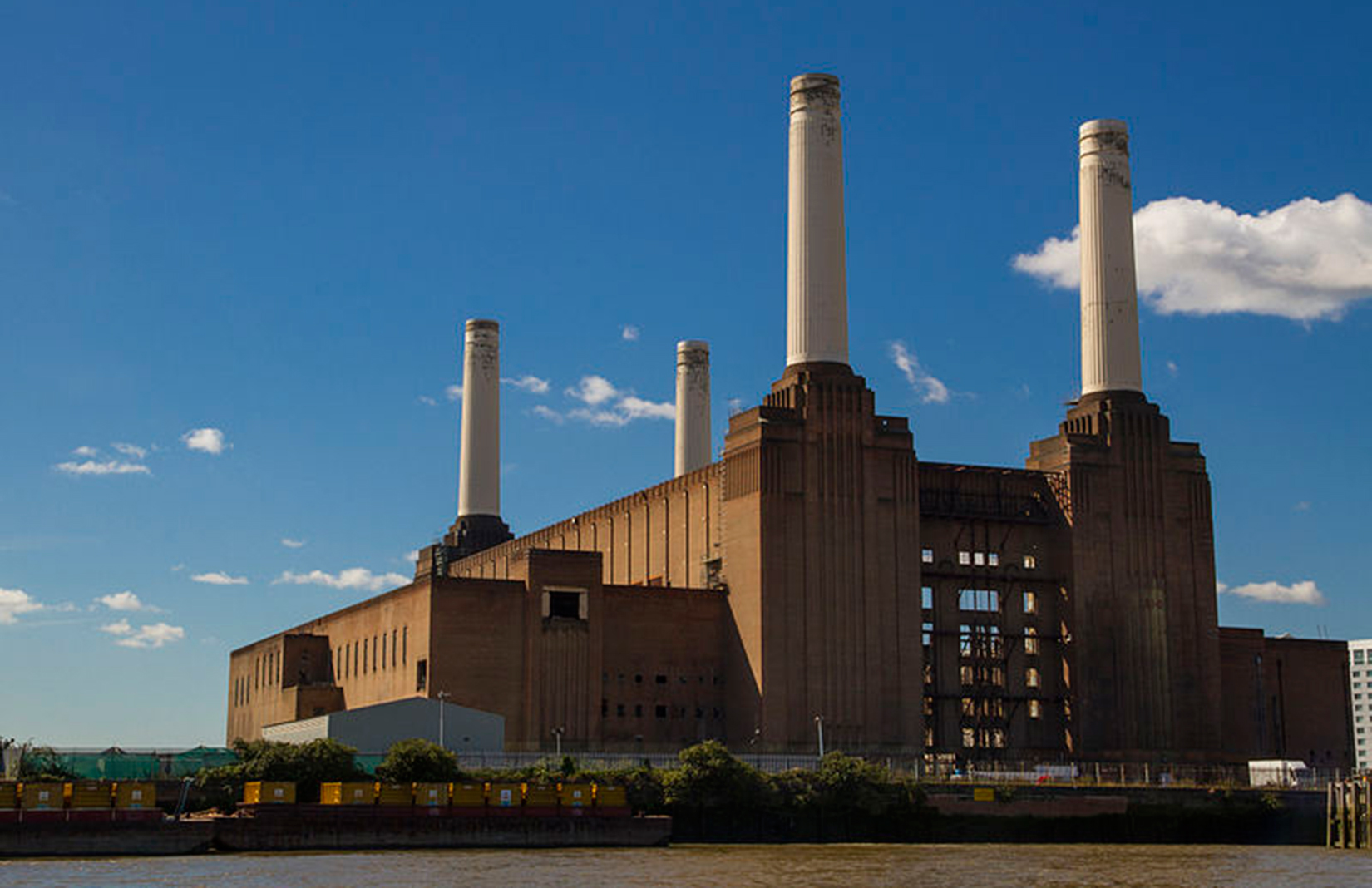From power stations to telephone boxes, Sir Giles Gilbert Scott’s designs have become emblems of 20th century London.
Born in the city in 1880 to a family of architects – Scott’s grandfather designed the imposing Midland Grand Hotel at St Pancras Station – he developed his own eclectic style that fused elements of Modernism with the Neo-Gothic.
Today on what would have been his 136th birthday, we bring you five of his seminal projects from the capital, and beyond.
Cathedral Church of Christ in Liverpool
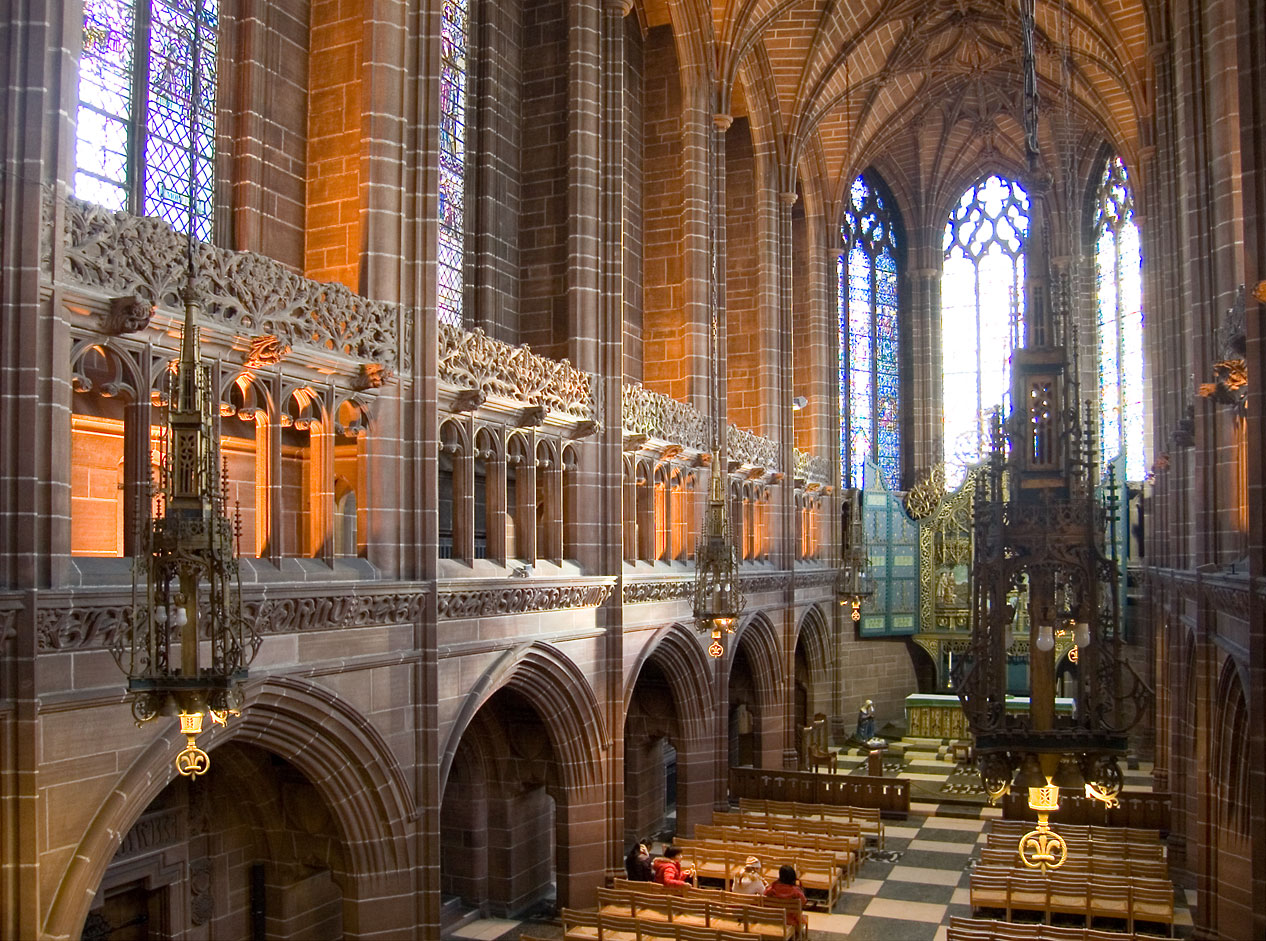
Scott was a 22-year-old student without a building to his name when he won the competition to design Liverpool’s Anglican Cathedral Church of Christ. The controversy was dogged further by the project’s slow progress…
In 1910, after some of the stonework had already been laid, Scott changed his mind about his design, dropping much of the Gothic detailing which entrenched it in the Victorian period and opting for a more modern style.
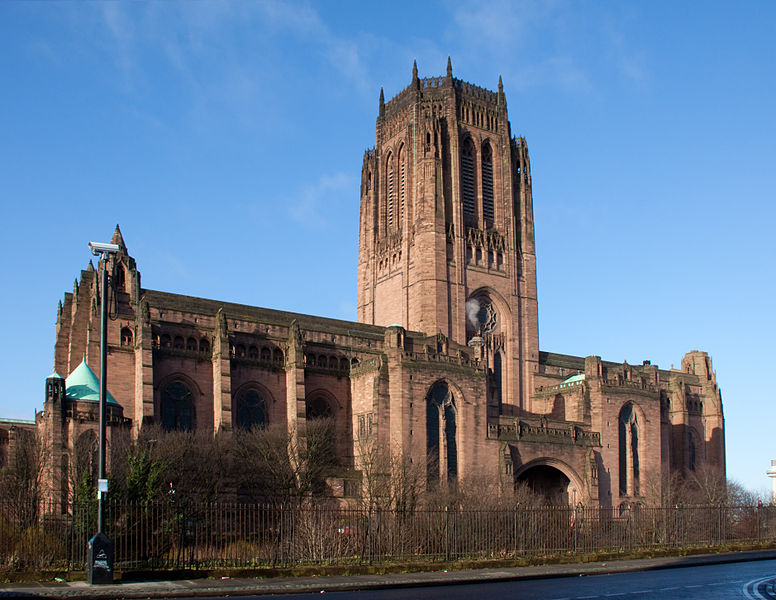
The Grade I-listed cathedral was far from a quick build: slowed by the onset of two world wars, construction finally completed in 1978, nearly 20 years after his death. Today, it is the longest cathedral in the world at 189 m.
K2 Telephone Kiosk
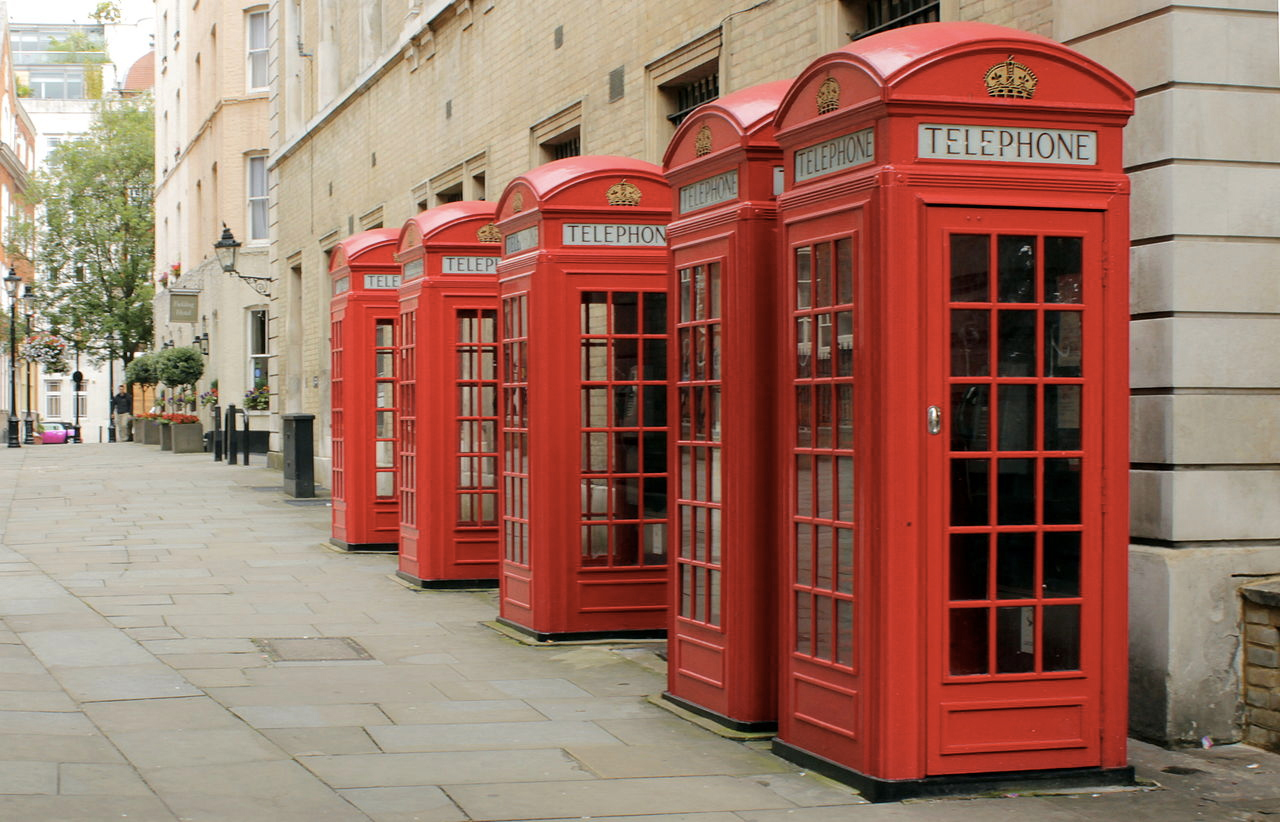
The scale of Scott’s buildings grew throughout the 20th century, but his most recognisable creation is also the tiniest. In 1924, he designed the red telephone box, a ubiquitous fixture of streets across the UK. The titchy K2 kiosk has rather grand origins – Scott was said to be inspired by the dome of Sir John Soane’s mausoleum.
Its original silver and a ‘green-blue’ colour scheme was vetoed by The Post Office, who opted for red, but Scott doesn’t seem to have minded too much… He went on to design the K3 and even smaller K6 kiosk.
Battersea Power Station
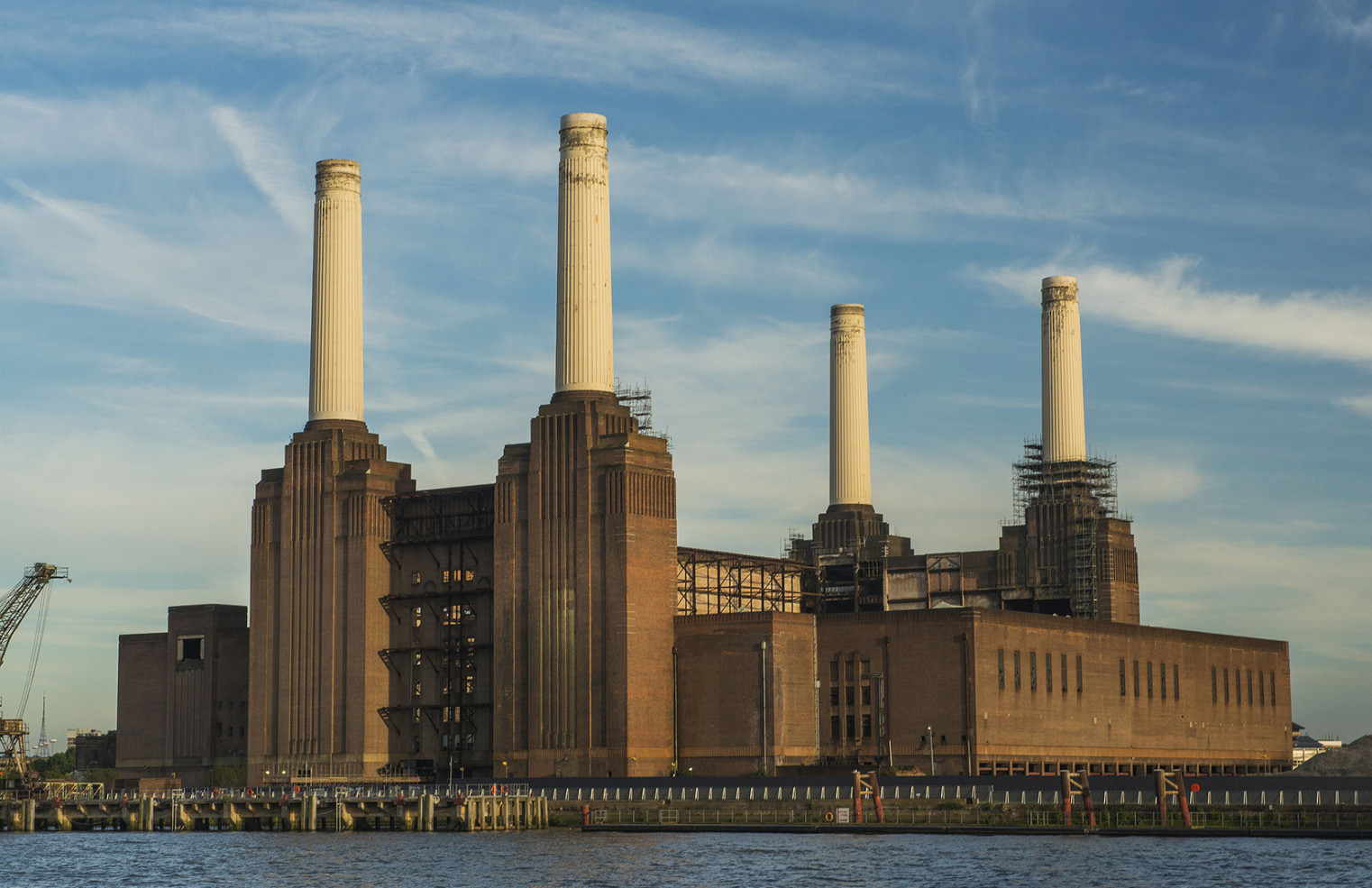
Scott’s brick behemoth was built in 1929 on the south bank of the river in Battersea where it generated electricity for over 50 years. Known for its distinctive four-chimney silhouette, the Art Deco structure has appeared on everything from the cover of Pink Floyd’s 1977 album Animal to the Beatles’ 1965 film Help!
It was decommissioned in 1983, and languished in the intervening years. But that’s all set to change: the Grade II*-listed structure is the lynchpin of the Battersea Power Station development currently underway at Nine Elms. Tech giant Apple is taking over some 500,000 sq ft of the former power station’s boiler house for its new Apple Campus, set to open in 2021.
Bankside Power Station
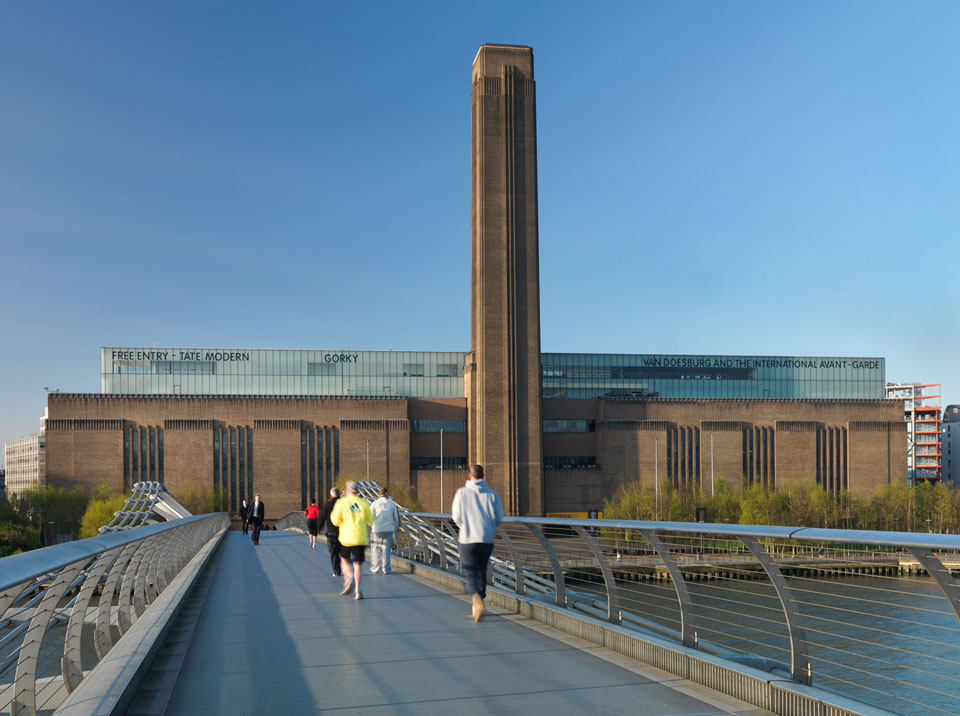
Scott also designed Battersea Power Station’s younger sibling in Bankside, which was built between 1947 and 1963. After it become redundant, Swiss firm Herzog & de Meuron masterminded its transformation into art powerhouse Tate Modern. The gallery opened in 2000 and was extended this year with the opening of the Switch House, a twisted ziggurat structure also designed by Herzog & de Meuron.
Waterloo Bridge
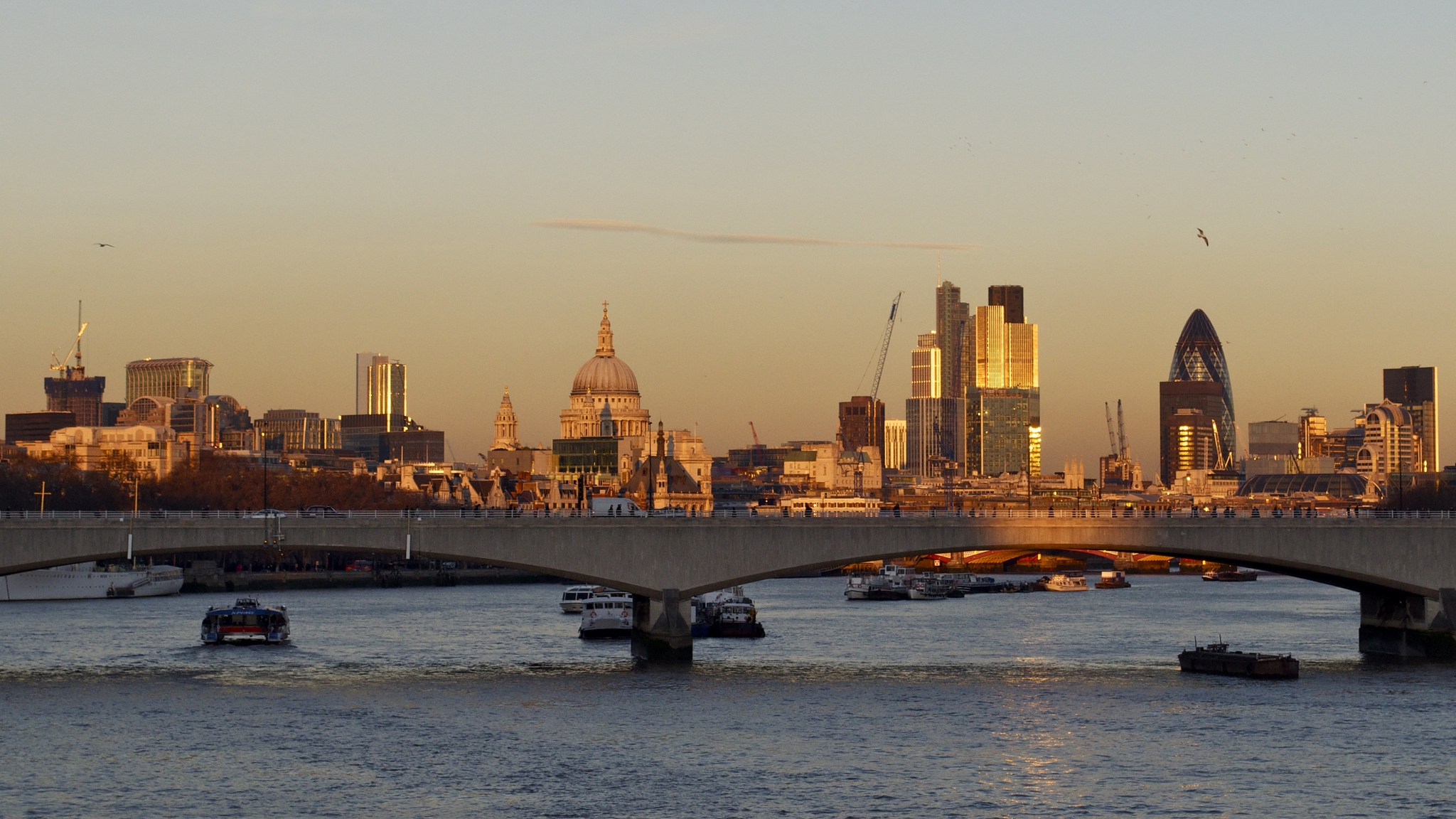
Known as the Ladies’ Bridge (because it was built by female workers during WWII) Waterloo Bridge was completed in 1945. It’s the second bridge to occupy the site, and Scott teamed up with engineers Rendel Palmer & Tritton on its design, which features arched concrete beams clad in Portland stone that ‘clean themselves’ every time it rains.
Like Battersea Power Station, the structure has been immortalised on screen and in music, inspiring Waterloo Sunset by the Kinks and appearing in 1966 blockbuster Alfie.
Read next: A new cultural venue is coming to Battersea Power Station
